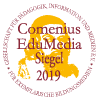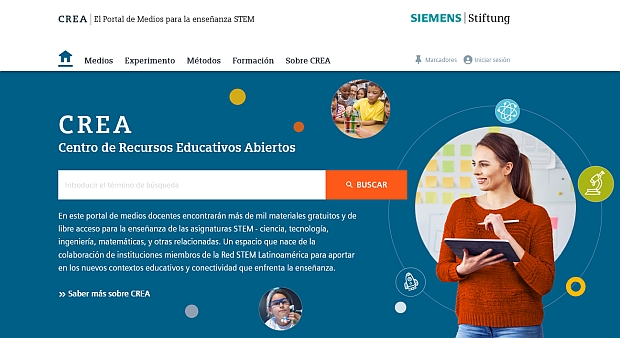The physics of water turbines
Interactive
Information module:
A water turbine converts the potential and kinetic energy of water to rotational energy. This module describes the designs of water turbines. It briefly refers to the principles of fluid mechanics.
Type of media:
Interactive (1.3 MByte)
Last update:
2021-06-25
License:

This medium is made available under a CC BY-SA 4.0 international license.
What does this mean?
How to reference this medium

This medium is made available under a CC BY-SA 4.0 international license.
What does this mean?
How to reference this medium
Media package:
Description:
The different types of water turbines are discussed first: Pelton, Francis, and Kaplan turbines. The waterwheel in a mill could actually be considered a precursor to the water turbine. The type of turbine in a hydroelectric plant depends on the conditions (water volume, height of drop, flow rate). The characteristic map of water turbines indicates the flow volume and height of drop needed for that particular type of turbine in order to achieve a certain amount of power. The laws of fluid mechanics play an enormous role in all turbine types. An overview table shows a comparison of the three turbine types with their most important parameters.
Information and ideas:
What is the reason for the different designs of water and gas turbines? How do the working media (water or gas) differ in terms of their physical properties? What does the Bernoulli equation have to do with the spoiler on a racecar or with an airplane?
Interdisciplinary lessons in geography and technology: Students learn to determine which types of turbines need to be used on the basis of the geography of selected hydroelectric plants.
The images on the first page of the information module show museum objects, so the turbines are not technologically up-to-date. However, the differences are easy to recognize.
Information and ideas:
What is the reason for the different designs of water and gas turbines? How do the working media (water or gas) differ in terms of their physical properties? What does the Bernoulli equation have to do with the spoiler on a racecar or with an airplane?
Interdisciplinary lessons in geography and technology: Students learn to determine which types of turbines need to be used on the basis of the geography of selected hydroelectric plants.
The images on the first page of the information module show museum objects, so the turbines are not technologically up-to-date. However, the differences are easy to recognize.

Related media:
From waterwheel to turbine (ES) (Image)
Learning resource type:
Information sheet
Subjects:
Physics; Technology
Grade levels:
Grade 5 to 6; Grade 7 to 9; Grade 10 to 13
School types:
Middle/high school; Vocational training
Keywords:
Energy; Hydroelectric plant; Power generation; Renewable energy; Turbine; Electric power generation; Energy conversion; Hydroelectric plant; Renewable energy; Turbine
Bibliography:
Siemens Stiftung Media Portal
Author:
MediaHouse GmbH
Rights holder:
© Siemens Stiftung 2020


